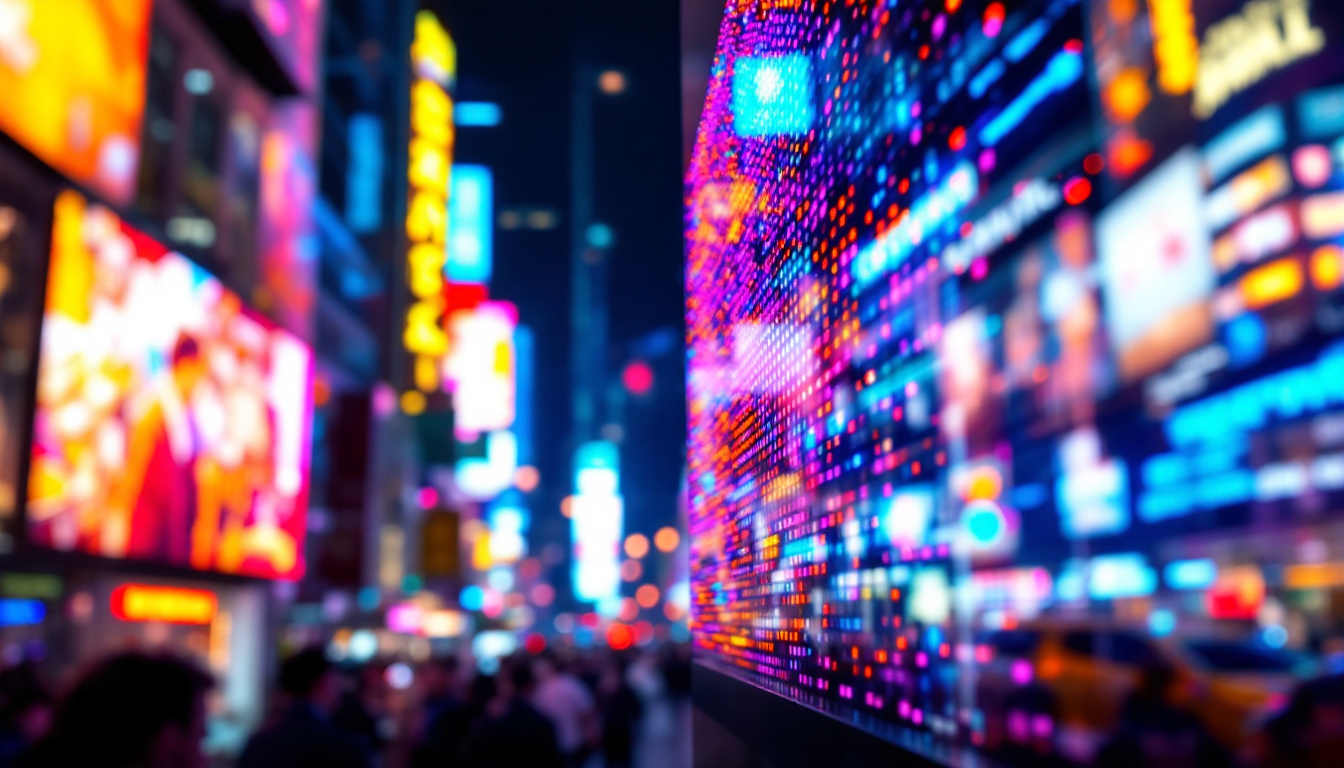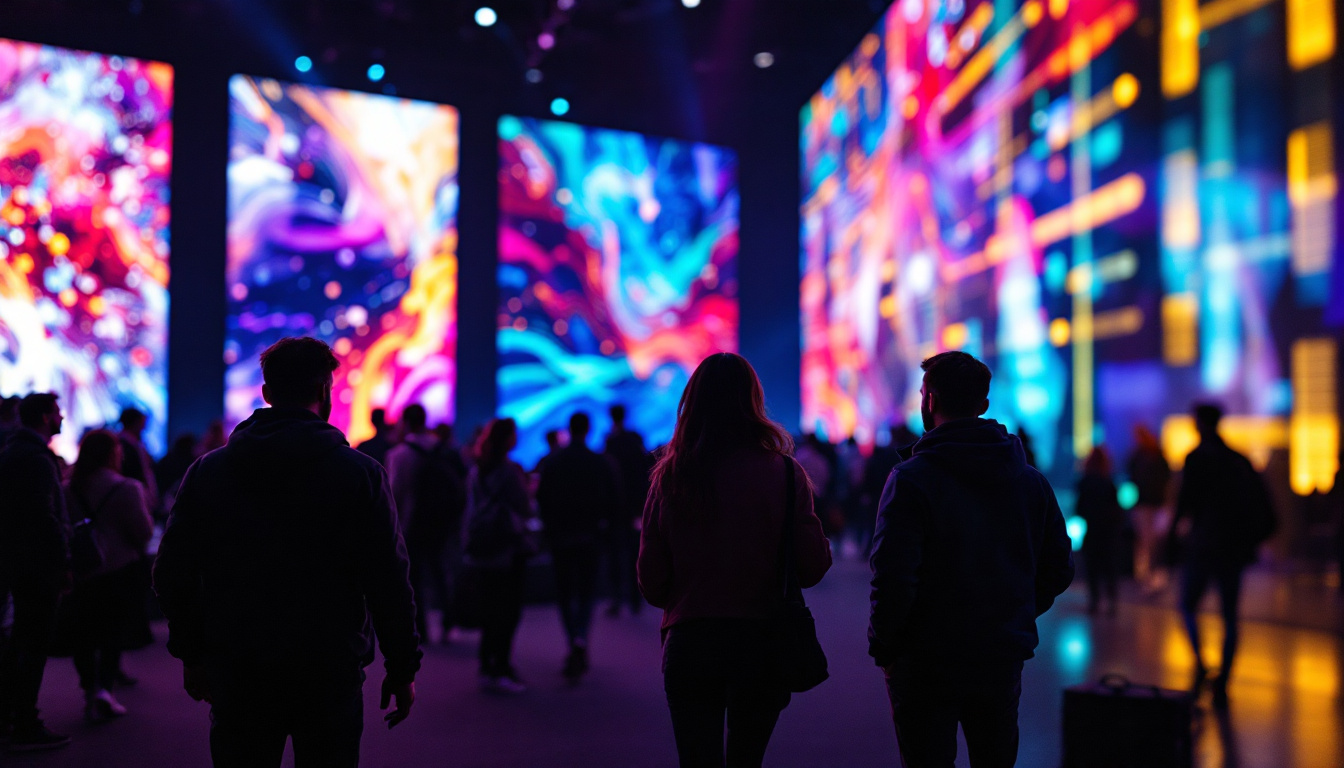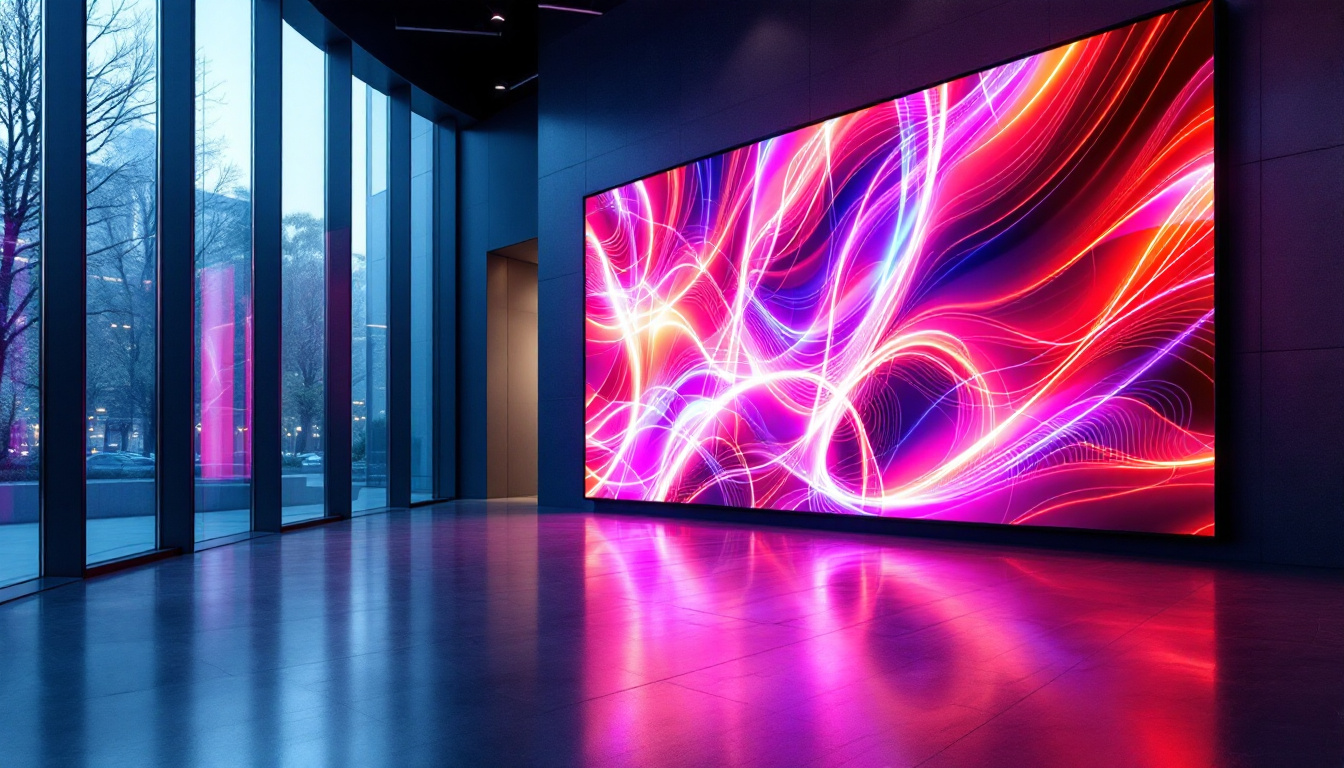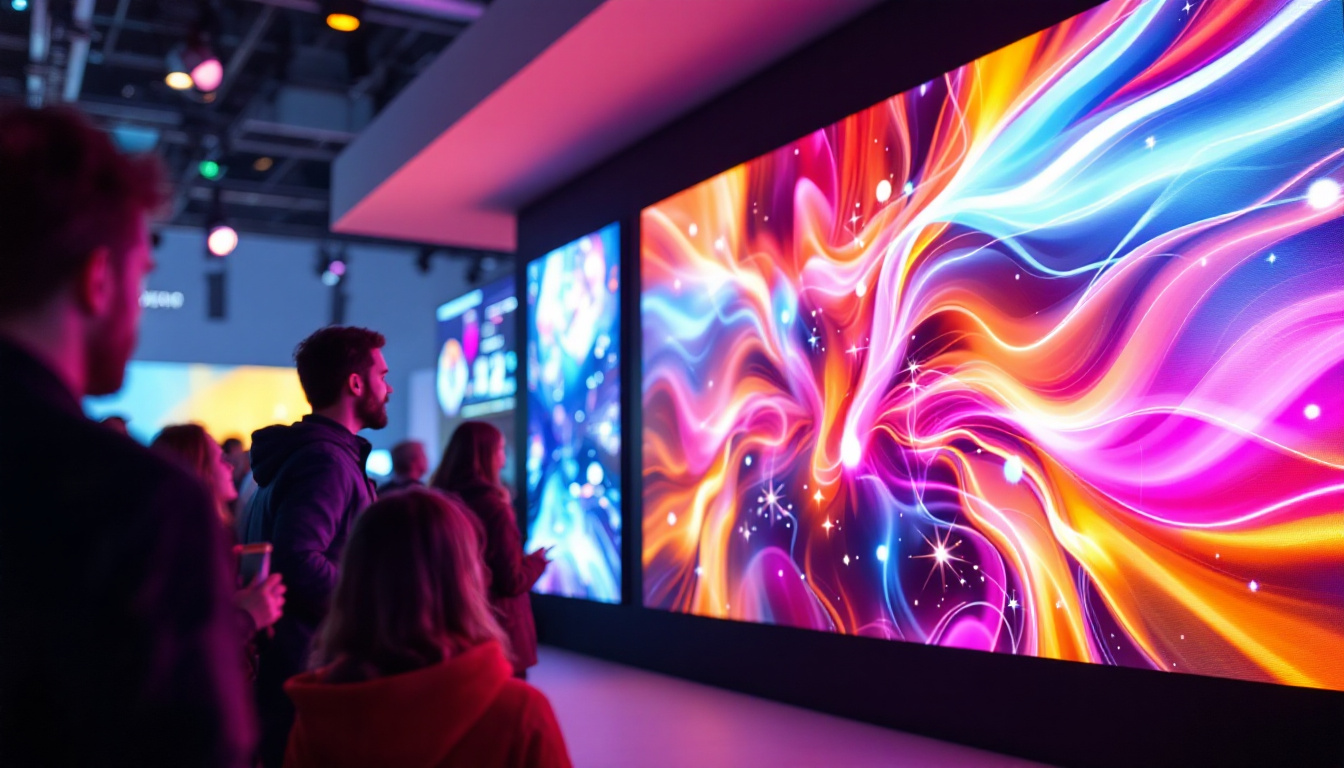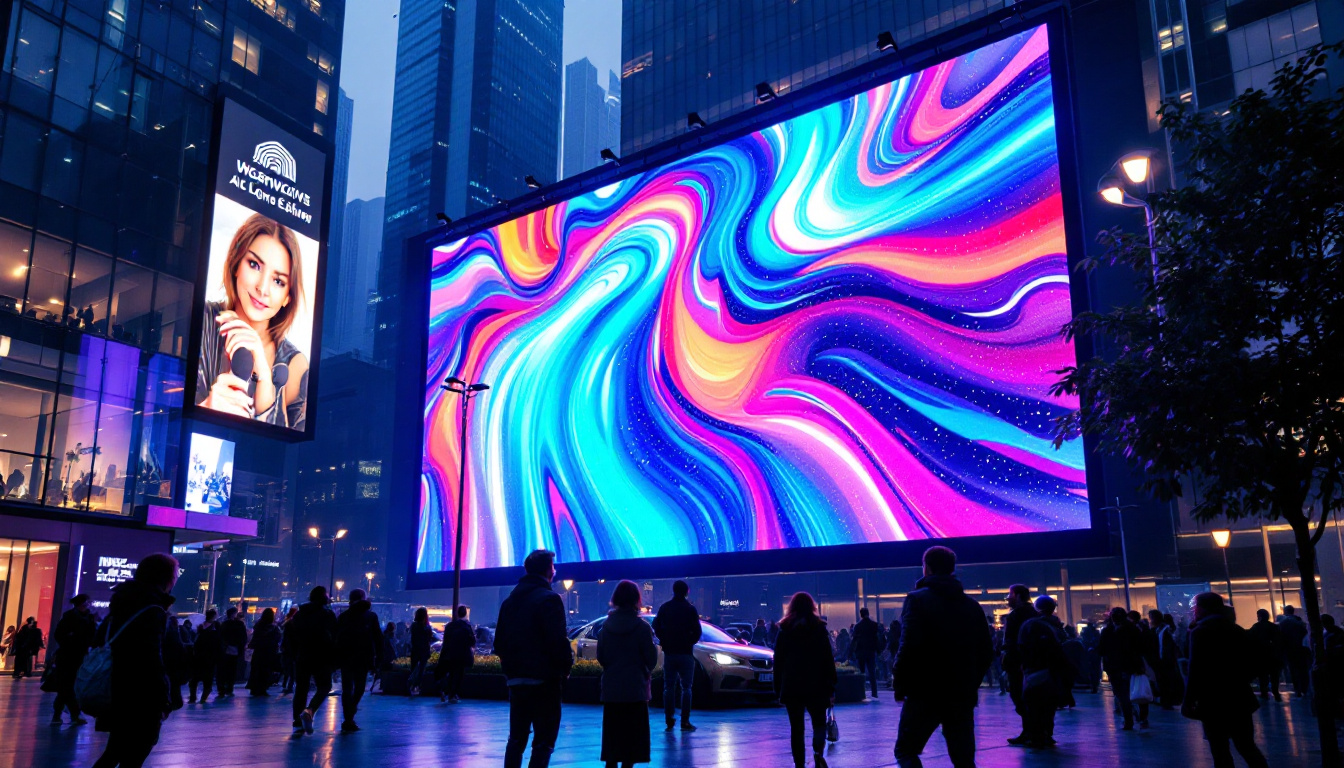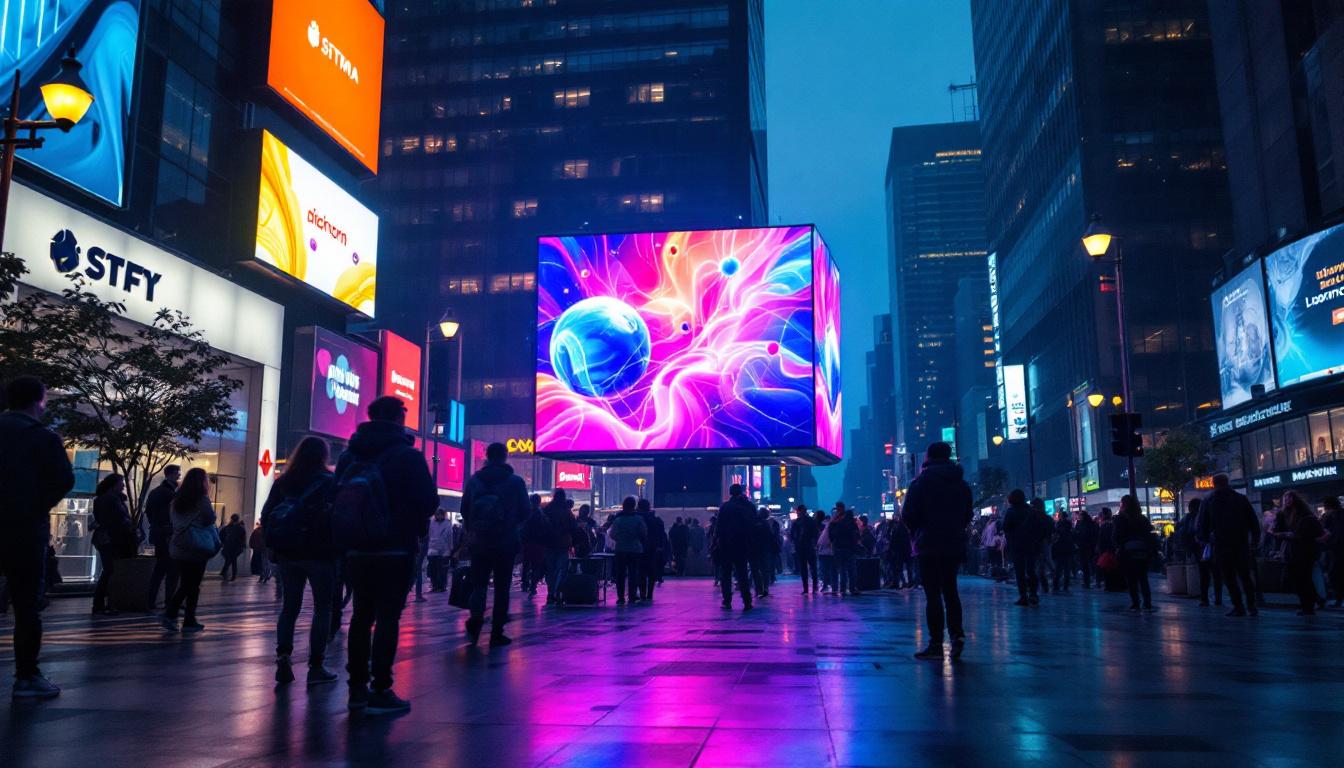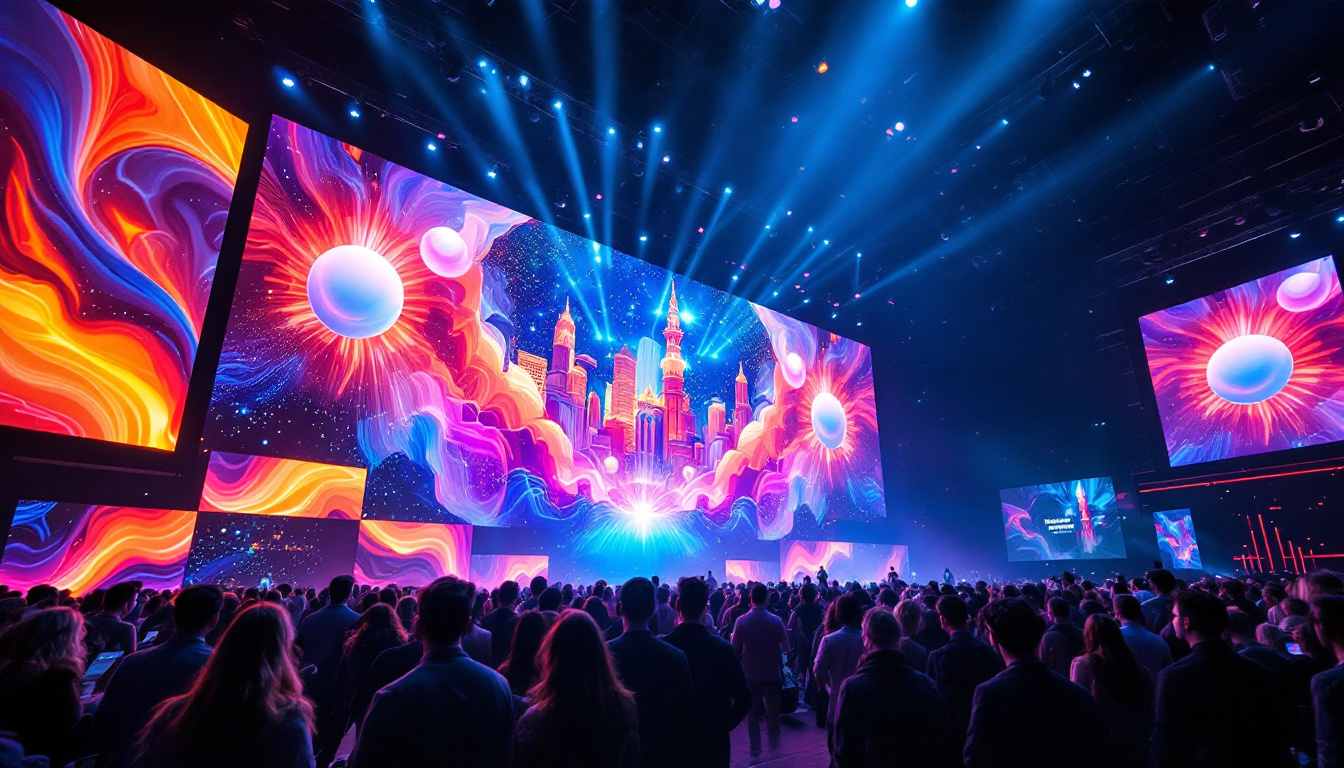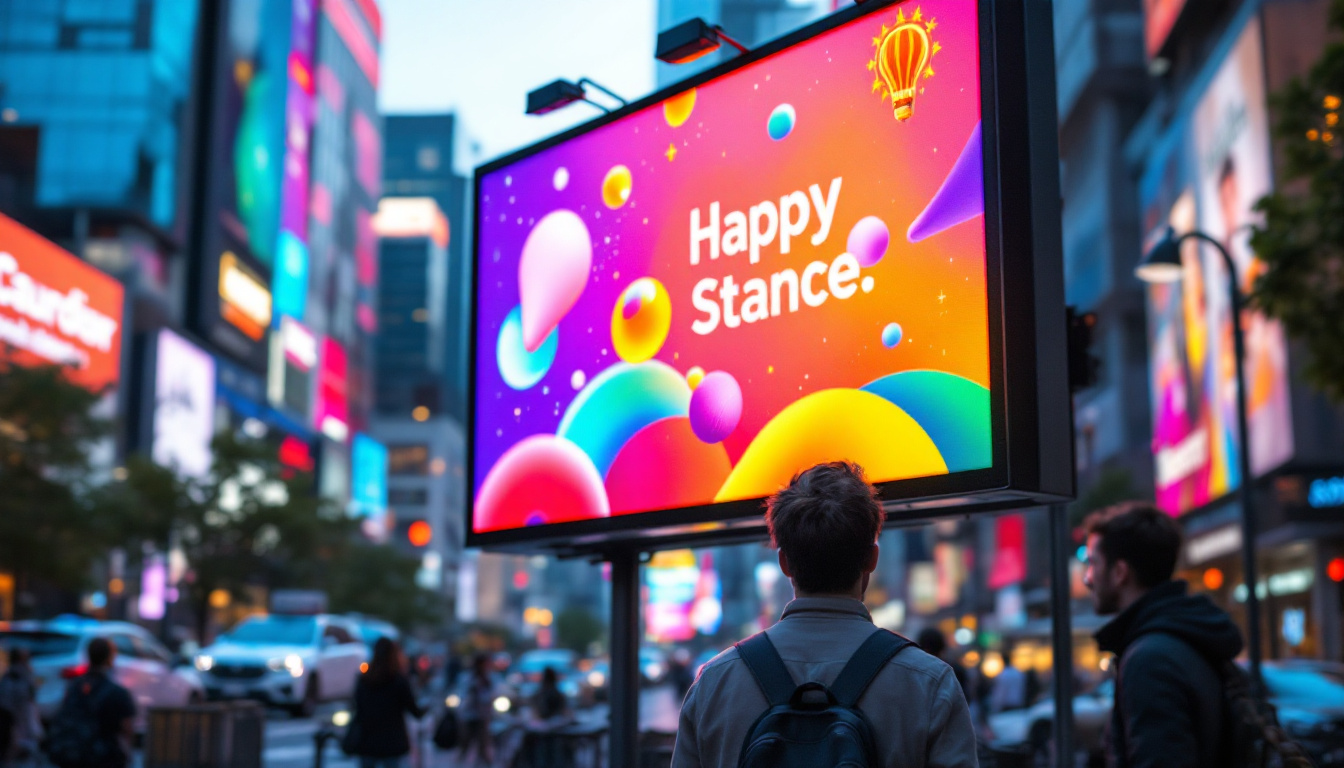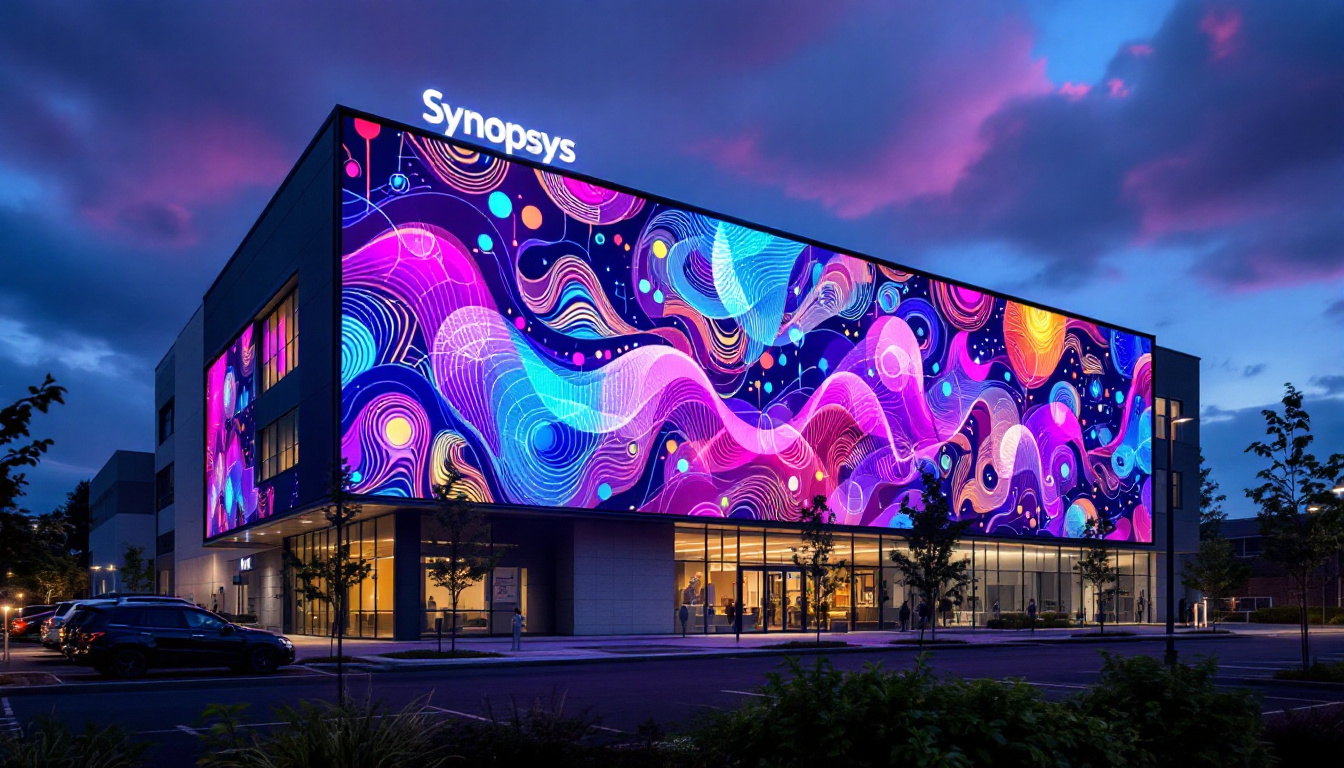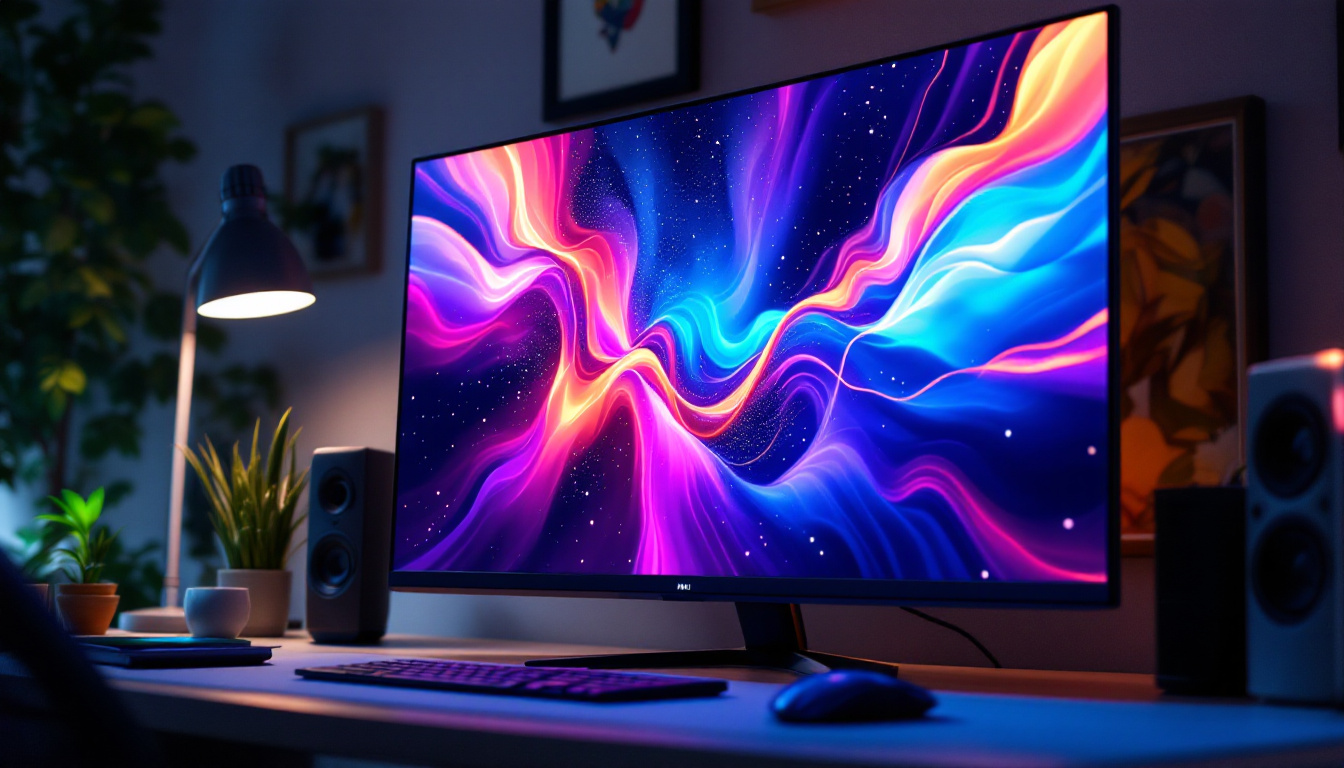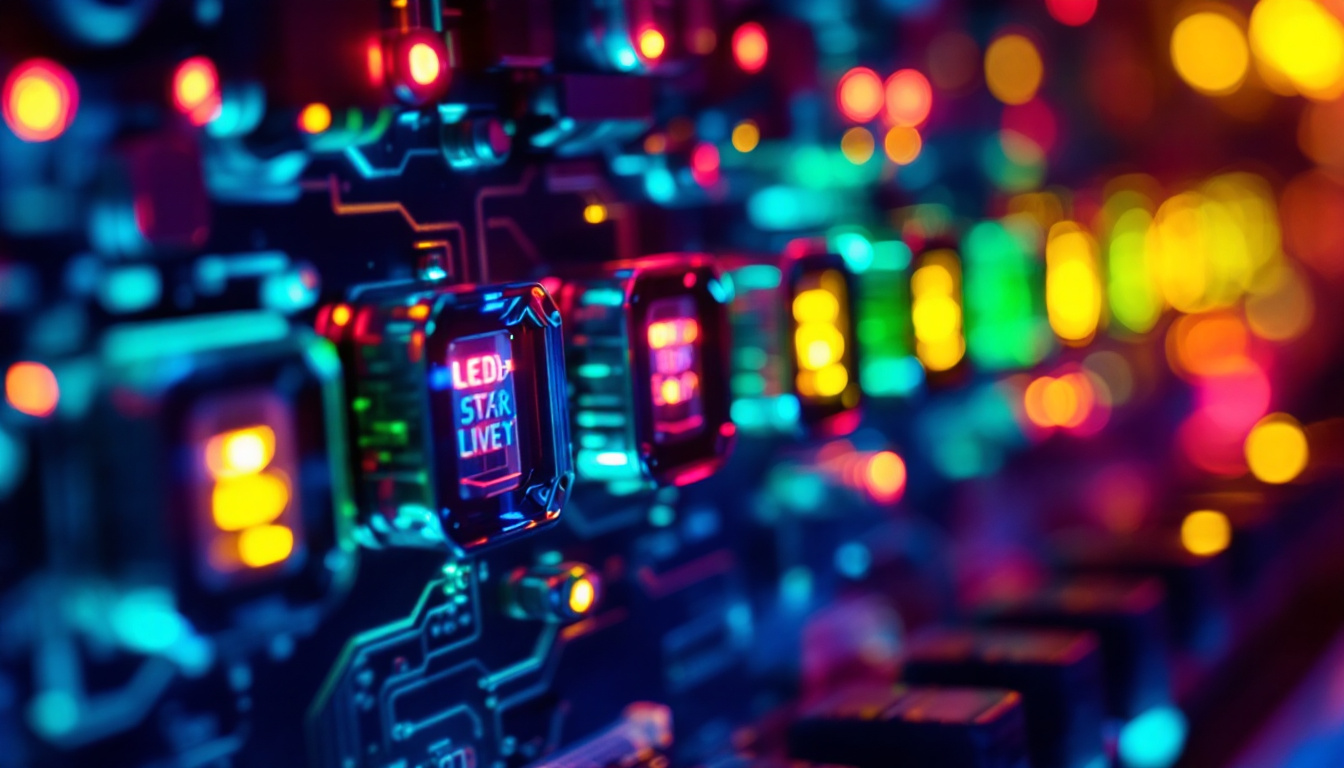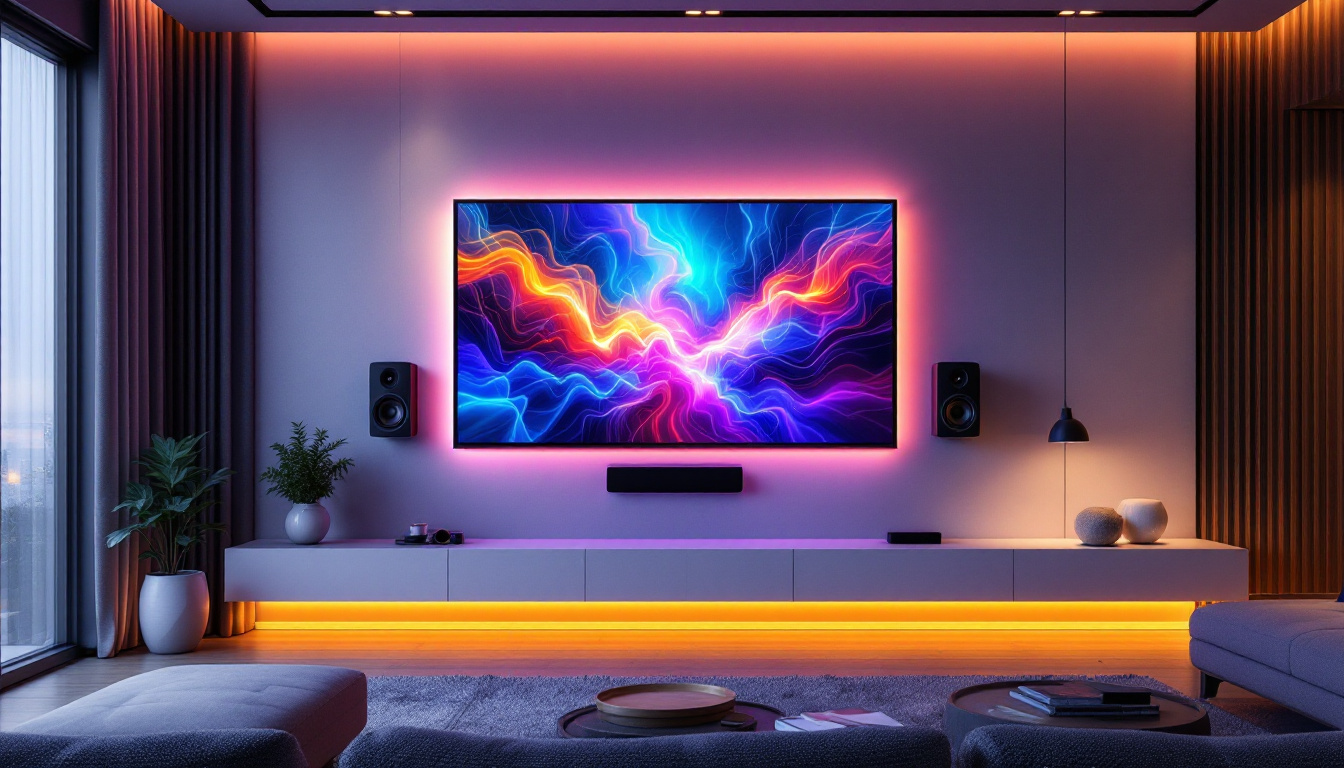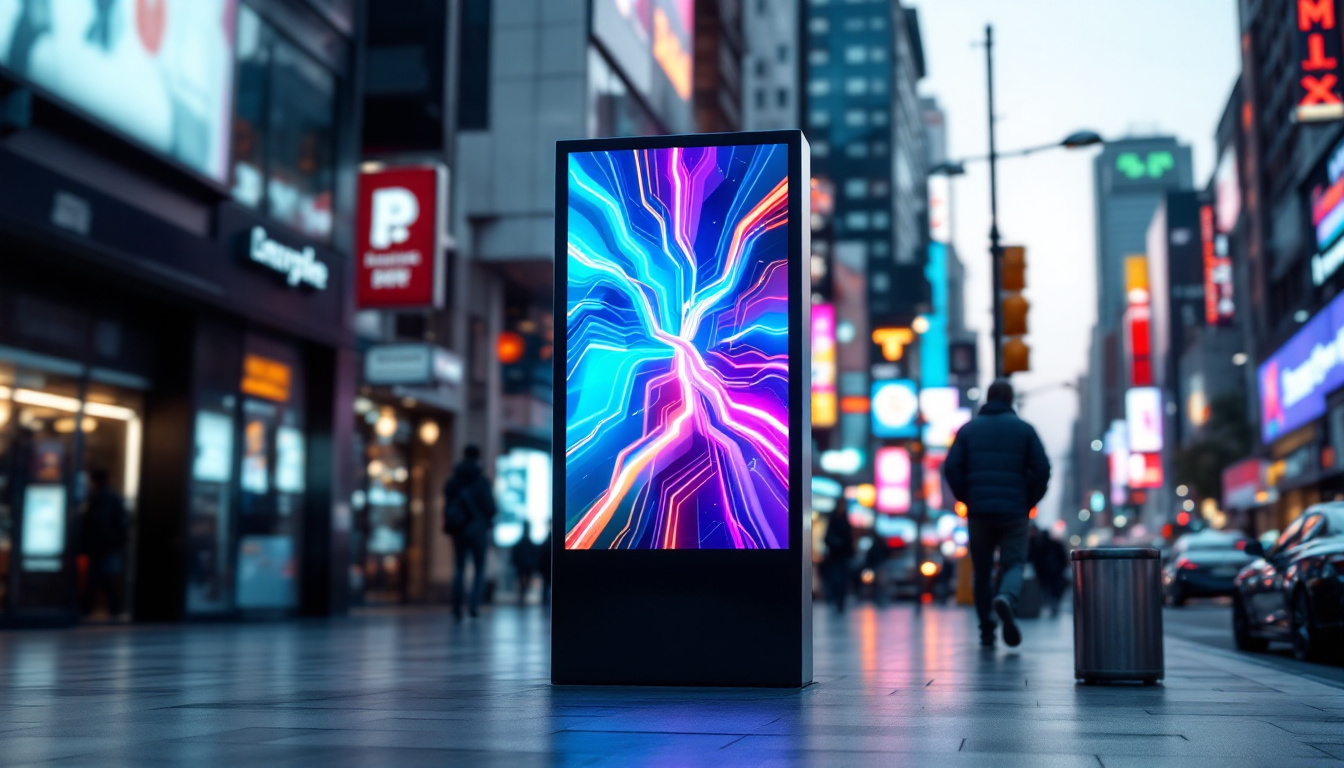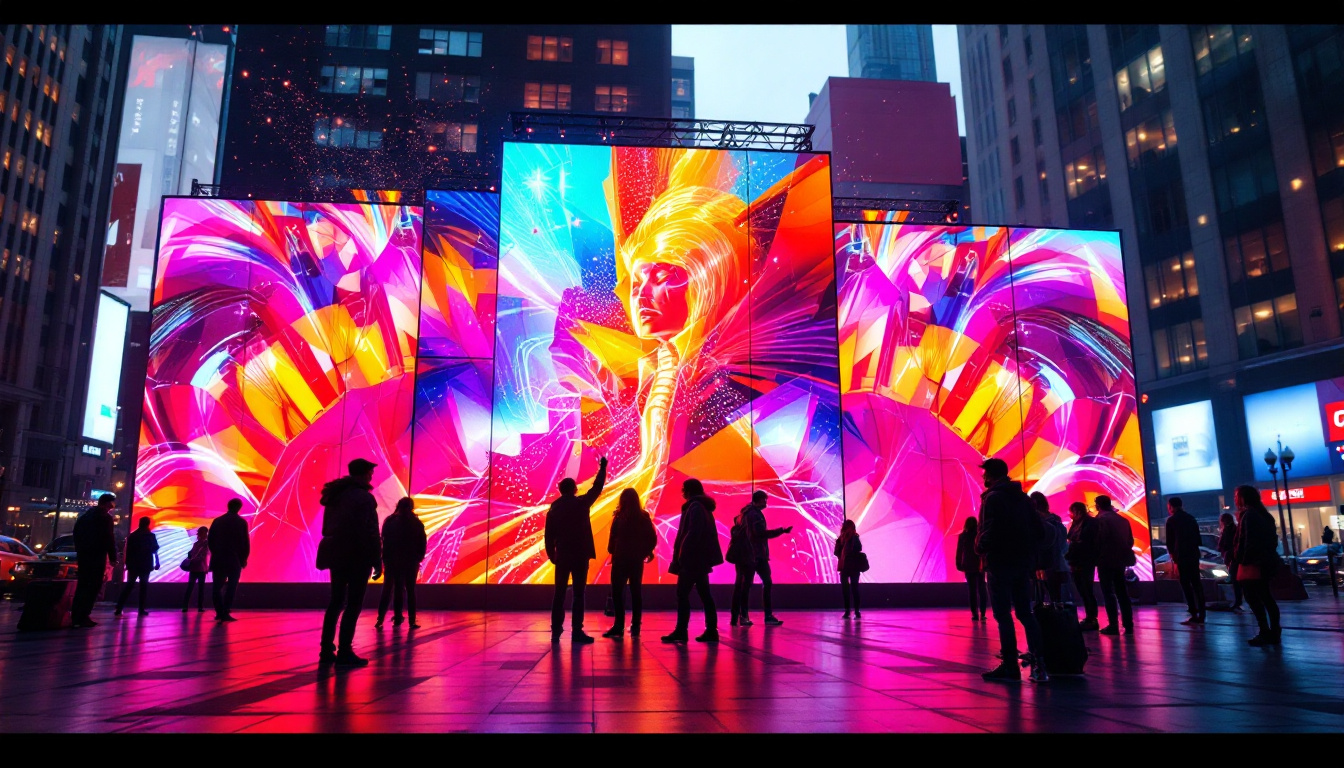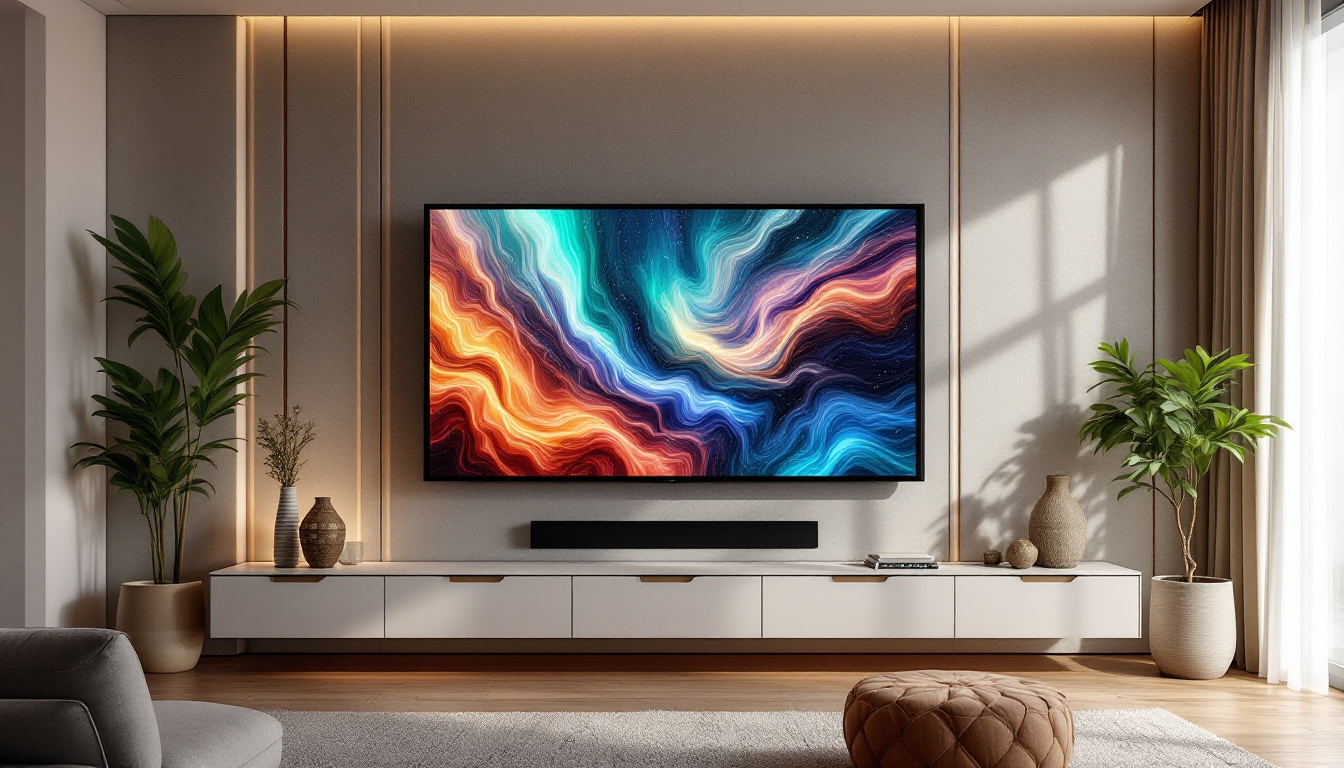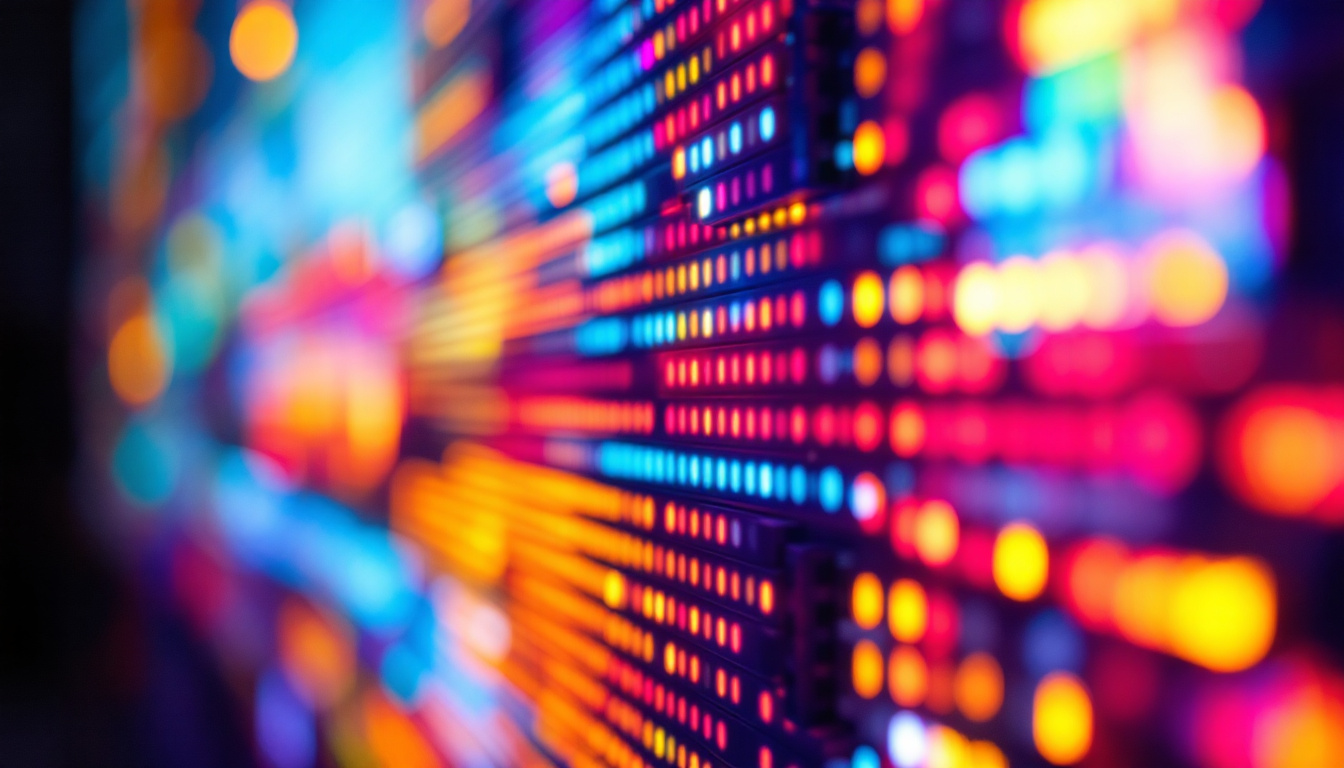In the world of visual technology, LED displays have emerged as a dominant force, transforming how information is presented across various platforms. From large-scale outdoor billboards to small screens in smartphones, LED technology has revolutionized the way we consume visual content. This article delves into the intricacies of LED displays, exploring their functionality, types, and applications, while also examining the role of video PNGs in enhancing visual communication.
Understanding LED Technology
Light Emitting Diodes (LEDs) are semiconductor devices that emit light when an electric current passes through them. This technology has evolved significantly since its inception, leading to the development of various types of LED displays that cater to different needs and environments.
The Basics of LED Functionality
At its core, an LED display consists of numerous tiny light-emitting diodes arranged in a grid formation. Each diode can be individually controlled to produce different colors and brightness levels. This capability allows for the creation of vibrant images and videos, making LED displays ideal for both static and dynamic content.
LEDs are known for their energy efficiency and longevity compared to traditional incandescent bulbs. They consume less power and have a longer lifespan, often exceeding 50,000 hours. This durability makes them a cost-effective choice for both commercial and residential applications.
Types of LED Displays
There are several types of LED displays, each designed for specific uses. The most common types include:
- Direct View LED Displays: These displays are made up of individual LEDs that are directly visible to the viewer. They are commonly used in outdoor advertising and large-scale events due to their high brightness and visibility.
- LED Video Walls: Composed of multiple LED panels, video walls can create a large, seamless display. They are often used in control rooms, stadiums, and concert venues to deliver captivating visuals.
- OLED Displays: Organic Light Emitting Diodes (OLEDs) are a subset of LED technology that provide superior color accuracy and contrast. They are commonly found in high-end televisions and smartphones.
Advantages of LED Displays
LED displays offer numerous advantages that contribute to their widespread adoption. First and foremost, their exceptional brightness and clarity make them suitable for various lighting conditions, including direct sunlight. This feature is particularly beneficial for outdoor applications.
Moreover, LED technology supports a wide color gamut, enabling the display of rich and vibrant images. This capability enhances the viewer’s experience, making LED displays a preferred choice for advertising and entertainment industries.
In addition to their visual benefits, LED displays are also environmentally friendly. They contain no toxic materials like mercury, which is often found in traditional lighting solutions. Furthermore, their energy-efficient nature reduces carbon emissions, contributing to a more sustainable future. As more businesses and consumers become environmentally conscious, the shift towards LED technology aligns with global efforts to reduce ecological footprints.
Another significant advantage of LED displays is their versatility in design and application. From large billboards to small screens in retail environments, LEDs can be customized in size, shape, and resolution to meet specific requirements. This adaptability allows for innovative installations, such as curved displays and interactive surfaces, which can engage audiences in unique ways. As technology continues to advance, the possibilities for LED applications seem limitless, paving the way for creative solutions in various industries.
The Role of Video PNGs in LED Displays
Video PNGs, or Portable Network Graphics, are a popular format for high-quality images and animations used in digital displays. Unlike traditional video formats, PNGs support transparency, allowing for more versatile and visually appealing content on LED displays.
Benefits of Using Video PNGs
One of the primary advantages of video PNGs is their ability to maintain high image quality without significant compression artifacts. This is crucial for LED displays, where clarity and detail are paramount. Video PNGs can deliver crisp visuals that enhance the overall effectiveness of the message being conveyed.
Additionally, the transparency feature of PNGs allows for creative layering of graphics and animations. This capability enables designers to create engaging content that seamlessly integrates with the background of the LED display, enhancing the viewer’s experience. The layering not only adds depth to the visuals but also allows for dynamic storytelling, where elements can move independently, drawing the viewer’s eye to key messages or actions within the display.
Applications of Video PNGs in LED Displays
Video PNGs are utilized across various sectors, including advertising, entertainment, and education. In advertising, brands often use animated logos or promotional content in PNG format to capture the attention of passersby. The dynamic nature of these visuals can significantly increase engagement rates. This is particularly effective in high-traffic areas, where a well-designed video PNG can stand out against a busy backdrop, ensuring that the brand message is not only seen but also remembered.
In the entertainment industry, concerts and events frequently employ video PNGs for stage visuals. The ability to overlay graphics on live performances adds an extra layer of excitement and creativity, making the experience more immersive for the audience. Beyond concerts, video PNGs are also being used in theatrical productions and theme parks, where they can create stunning visual effects that complement the narrative and enhance the overall atmosphere. This versatility allows for a wide range of creative expression, from whimsical animations in children’s shows to sophisticated graphics in dramatic performances, making video PNGs an invaluable tool in the realm of visual storytelling.
Challenges and Considerations
Despite the numerous benefits of LED displays and video PNGs, there are challenges and considerations that need to be addressed. Understanding these factors can help organizations make informed decisions when investing in LED technology.
Cost Implications
While the initial investment in LED displays can be substantial, the long-term savings in energy consumption and maintenance are significant. However, organizations must weigh these costs against their budget and expected return on investment.
Furthermore, the cost of creating high-quality video PNG content can vary. Hiring skilled designers and animators to produce visually appealing graphics may add to the overall expenditure. Therefore, careful planning and budgeting are essential. Organizations should also consider the potential for future upgrades and enhancements, as technology continues to evolve rapidly. Investing in scalable solutions can mitigate the risk of obsolescence and ensure that the technology remains relevant for years to come.
Technical Limitations
LED displays, while versatile, do have technical limitations. For instance, the pixel pitch, which refers to the distance between the centers of adjacent pixels, can affect the display’s resolution and clarity. A smaller pixel pitch results in higher resolution, but it also increases the cost of the display.
Additionally, not all LED displays are created equal. Variations in brightness, color accuracy, and refresh rates can impact the quality of the visuals. It is crucial to select a display that meets the specific needs of the intended application. Moreover, environmental factors such as ambient light conditions can also influence the effectiveness of LED displays. In outdoor settings, for example, displays must be designed to withstand direct sunlight and varying weather conditions, which can add to the complexity and cost of the installation. Organizations should conduct thorough assessments of their display environments to ensure optimal performance and longevity.
Future Trends in LED Display Technology
The future of LED display technology is promising, with ongoing advancements that continue to enhance performance and capabilities. As the demand for high-quality visuals grows, several trends are emerging in the industry.
Mini and Micro LED Technology
Mini and micro LED technologies are gaining traction, offering even higher resolution and better color accuracy than traditional LED displays. These smaller diodes allow for finer pixel pitches, resulting in sharper images and improved viewing experiences.
Moreover, mini and micro LEDs are more energy-efficient and can be used in flexible displays, opening new possibilities for innovative designs in various applications, from consumer electronics to large-scale installations. The ability to create curved or even transparent displays can lead to creative architectural solutions and immersive environments that were previously unimaginable. As manufacturers continue to refine these technologies, we can expect to see them integrated into everything from smartphones to massive outdoor billboards, enhancing both aesthetic appeal and functionality.
Integration with Smart Technologies
As smart technology continues to evolve, the integration of LED displays with IoT (Internet of Things) devices is becoming increasingly common. This integration allows for real-time data visualization, interactive content, and personalized experiences for users.
For instance, digital signage powered by AI can adapt content based on audience demographics or environmental factors, enhancing engagement and effectiveness. This level of interactivity is set to redefine how businesses communicate with their customers. Additionally, the use of machine learning algorithms can optimize display performance by analyzing viewer interactions and adjusting brightness or content dynamically. This not only improves user experience but also contributes to energy savings, making LED displays more sustainable in the long run. As these technologies converge, we are likely to see a surge in smart advertising solutions that not only capture attention but also provide valuable insights into consumer behavior.
Conclusion
LED displays have become an integral part of modern visual communication, offering unparalleled brightness, clarity, and versatility. The incorporation of video PNGs enhances the effectiveness of these displays, allowing for high-quality, engaging content that resonates with viewers.
While challenges such as cost and technical limitations exist, the benefits of LED technology far outweigh the drawbacks. As advancements continue to shape the industry, organizations that embrace LED displays and video PNGs will be well-positioned to capture attention and convey their messages effectively.
In a rapidly evolving digital landscape, staying informed about the latest trends and technologies is essential for businesses looking to leverage LED displays to their advantage. By understanding the intricacies of LED technology and its applications, organizations can make strategic decisions that enhance their visual communication efforts.
Discover LumenMatrix’s Innovative LED Display Solutions
Ready to elevate your visual communication with the latest in LED display technology? LumenMatrix offers a comprehensive range of LED display modules designed to captivate your audience and amplify your brand’s presence. Whether you’re looking for an Indoor LED Wall Display, a dynamic Outdoor LED Wall Display, or specialized solutions like Vehicle LED Displays and LED Sports Displays, LumenMatrix has the cutting-edge technology to bring your vision to life. Experience the future of digital signage with our Floor LED Displays, Custom LED Displays, All-in-One LED Displays, and LED Transparent Displays. Don’t miss the opportunity to transform your visual storytelling. Check out LumenMatrix LED Display Solutions today and see your message shine with unparalleled clarity and impact.

